The best privacy hedges
8 types of hedging that look great year round and give you privacy in your garden.
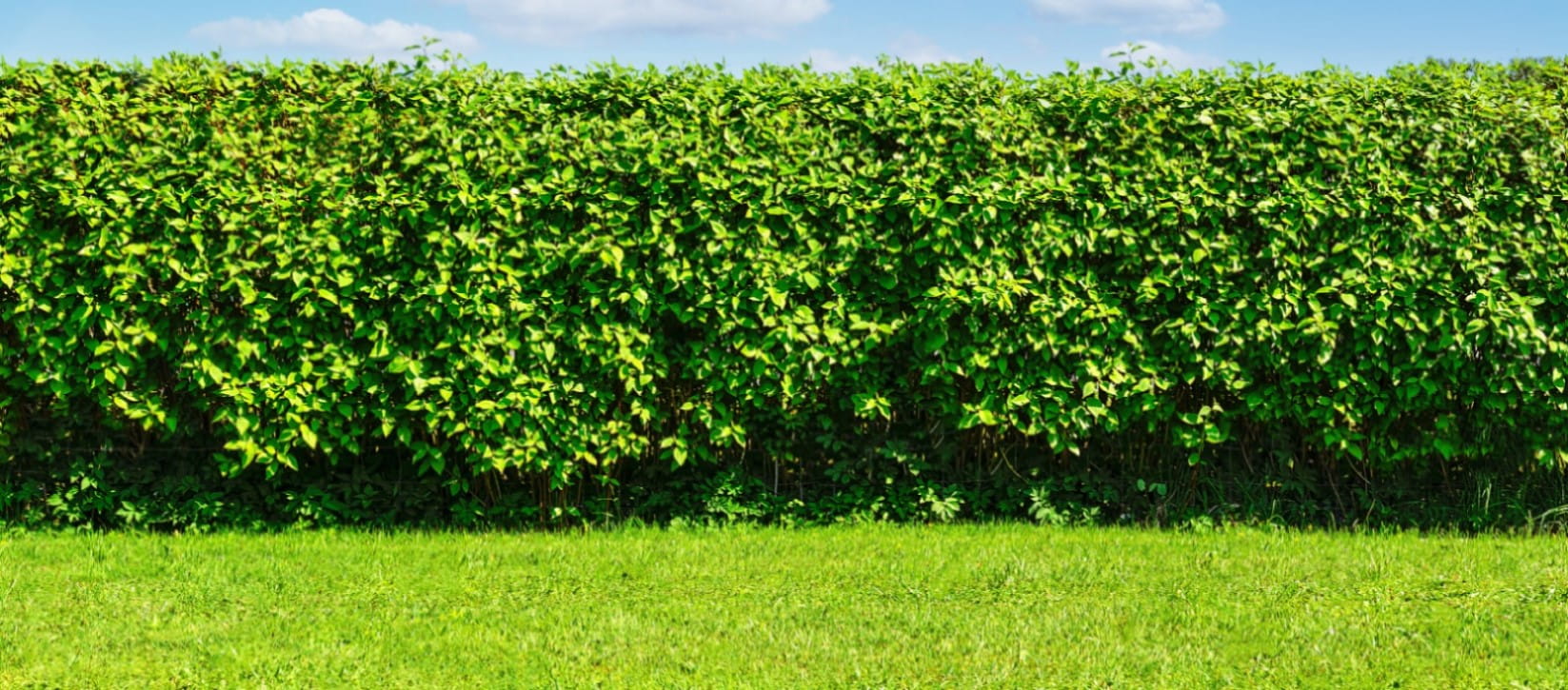
8 types of hedging that look great year round and give you privacy in your garden.

In the past, some gardeners took guarding against prying eyes to extremes. In the suburbs where I grew up, it wasn’t unusual to find leylandii hedges that measured 9m or more in height. Quite what anyone was doing in their garden to require such seclusion always baffled me – fortunately, I never plucked up the courage to ask.
To create privacy, you don’t need a towering hedge. A 1.8m (5ft 9) tall one will do and at that height, it’s much easier to maintain. Conifer hedges still have their place, but there are lots of other types of hedge you can choose, which perform a specific role or are suited to a particular type of garden.
If you’ve got a small garden, choose a front hedge that is naturally narrow to avoid it eating up too much of your space.
Rather than use one type of plant, a wildlife hedge consists of several native plants that produce berries, flowers, fruits and nuts that are attractive to birds, bees, insects and mammals.
A typical hedge is made up of 60 percent hawthorn, with four or five other species - field maple, hazel, spindle, blackthorn, holly, alder, guelder rose, sweet briar and crab apple.
After it’s established, train native climbers into it and under plant with wildflowers.
Many hedges will add a decorative touch to your garden throughout the year.
Spotted laurel (Aucuba), variegated privet (Ligustrum ovalifolium ‘Aureum) and fancy-leaved Eleagnus pungens ‘Maculata’, are evergreens that make fine formal hedges with neatly clipped tops and sides.
If you hate such formality, try a flowering hedge – escallonia, ribes or Viburnum tinus can all be left alone to do their thing – simply prune wayward branches to keep them within bounds.

Sadly, there’s no such thing as a no-maintenance hedge, but there are plenty that will provide you with privacy with the minimum amount of care. Copper beech and Photinia ‘Red Robin’, an evergreen grown for its brilliant scarlet shoots in spring, can both be kept under control by pruning once in late summer.
Yew, the king of hedges in my book, only needs a trim in August to retain its fabulous geometric shape.
Want a hedge that will help to keep out unwanted animals or put off burglars? Then plant a dense, prickly hedge.
Holly, pyracantha, roses, sea buckthorn and several types of berberis are all useful as a security barrier. They are excellent on their own or, to make it a little more exciting, try planting several different varieties together.
Police advise that the hedge in the front garden should only be grown to window height, so potential intruders can be easily seen from the street. At the back, or sides of your property, allow to grow to 1.8m (5ft 9) or more.
For a boundary that looks and tastes good, try creating an edible hedge using trees grown for their fruits or nuts. Several nurseries offer packs of suitable plants, which could contain hazel, cherry plum (Prunus cerasifera), crab apple, blackberry, wild pear and damson.
The informal style of this hedge may be more suitable for a country garden, rather than an urban space.
If you want a fast-growing privacy screen there are plenty of options. Leylandii can grow 90cm per year, but left to its own devices can get out of control and block a lot of light. Privet can grow up to 60cm a year if well-fed. Hornbeam, box and laurel are all also fast-growing hedges.
Instant hedges are available, if you are prepared to pay for them. These can be large, mature plants ready to go into the ground, or plants that come in troughs that add extra height. Bamboo is also a good option for instant height.
Deciduous hedges are best planted between late autumn and early spring using bare rooted plants. Evergreen hedges, using container grown plants, should be planted from mid to late spring.
Prepare the ground by removing weeds. If you are planting in a lawn, strip away a metre-wide band of grass with a spade.
Mark out the course of your hedge with a bricklayer’s line. Pot grown plants are best planted in individual holes. Plant bare rooted plants in a straight-sided trench – 57cm wide by 42cm deep.
Soak bare-rooted plants in a bucket of water overnight before planting. Trim any roots or branches that are damaged.
A single row of plants, spaced 30-60cm apart, is ideal for most hedges. If a thicker hedge is required, plant a double row – allow 45cm between rows. Stagger plants in rows, spacing them 90cm apart.

Rekha Mistry shares her top vegetables to grow in your garden all year round.

We explain the science and have 7 of the best scented plants for your garden.
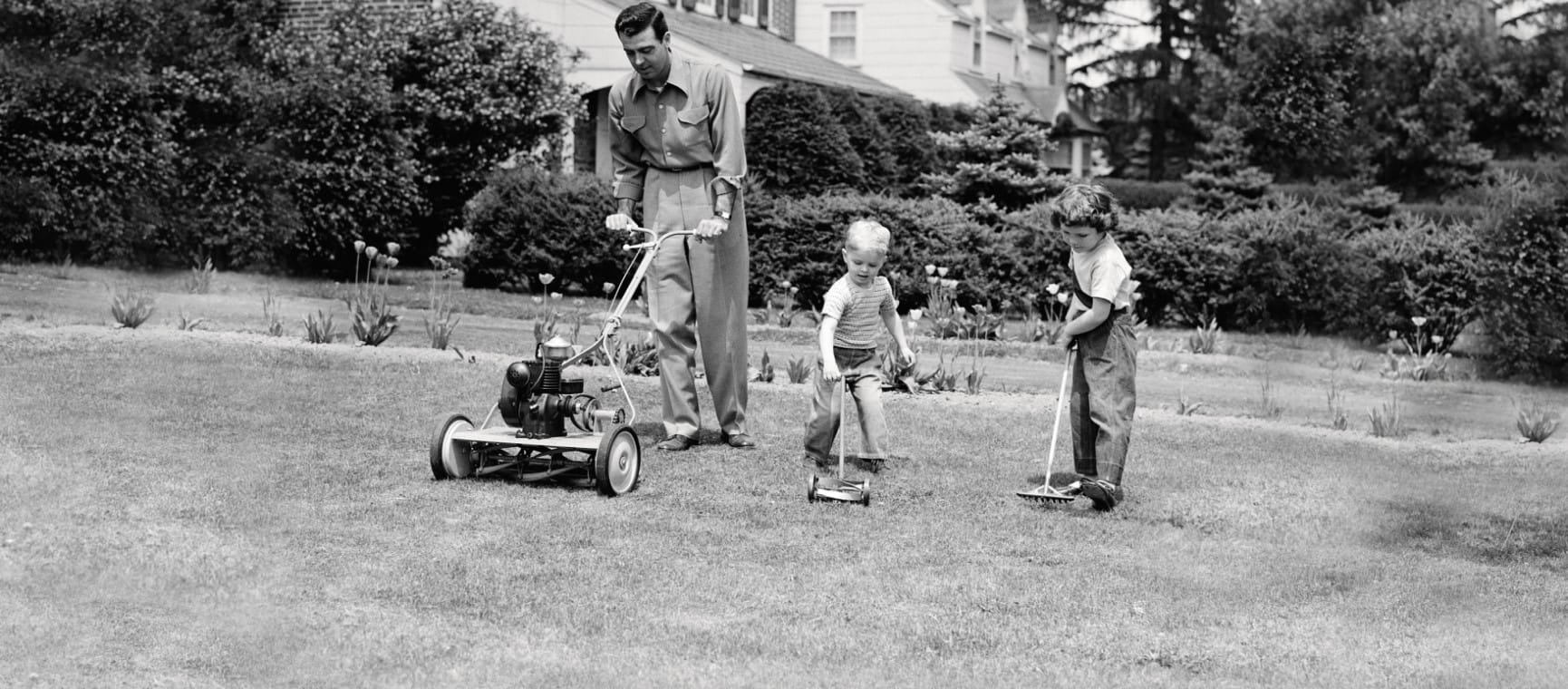
From robot mowers to electric pruning shears, spruce up your outside space with four of the best garden gadgets
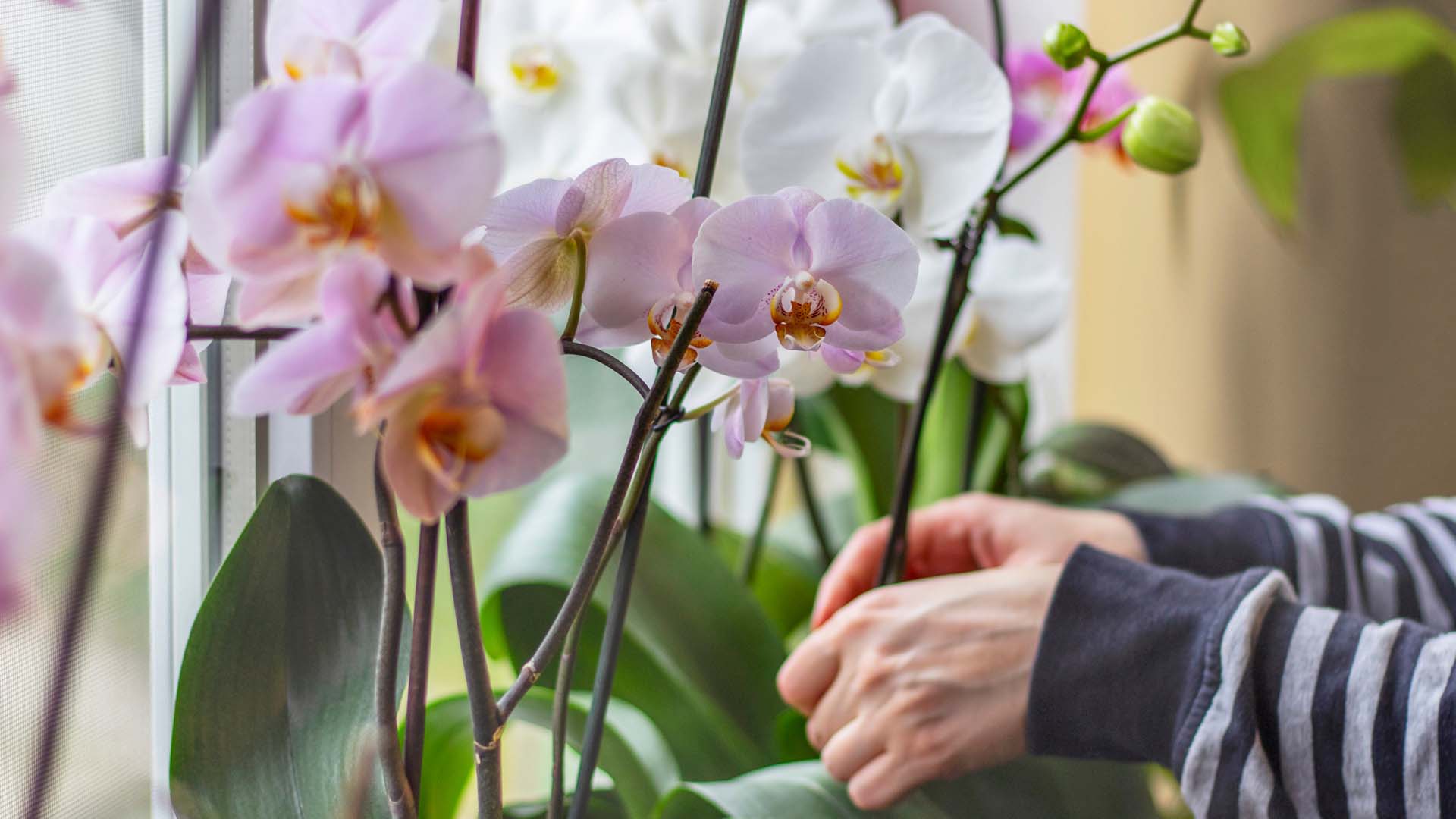
Our expert pruning and watering hacks include a top tip to keep them flowering from Alan Titchmarsh.
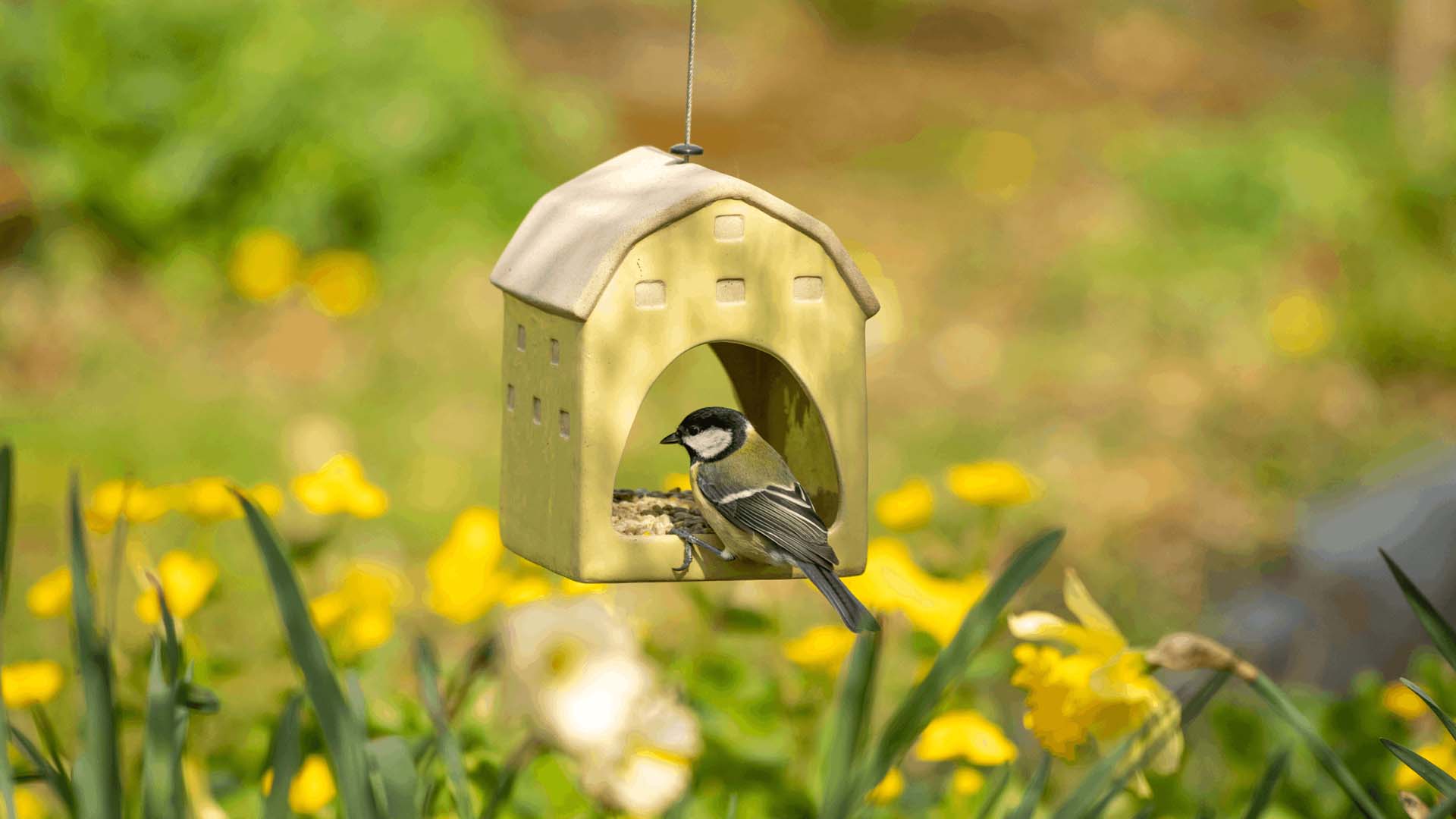
Don’t make these bird-feeding mistakes. Expert advice on how to feed birds in your garden safely.
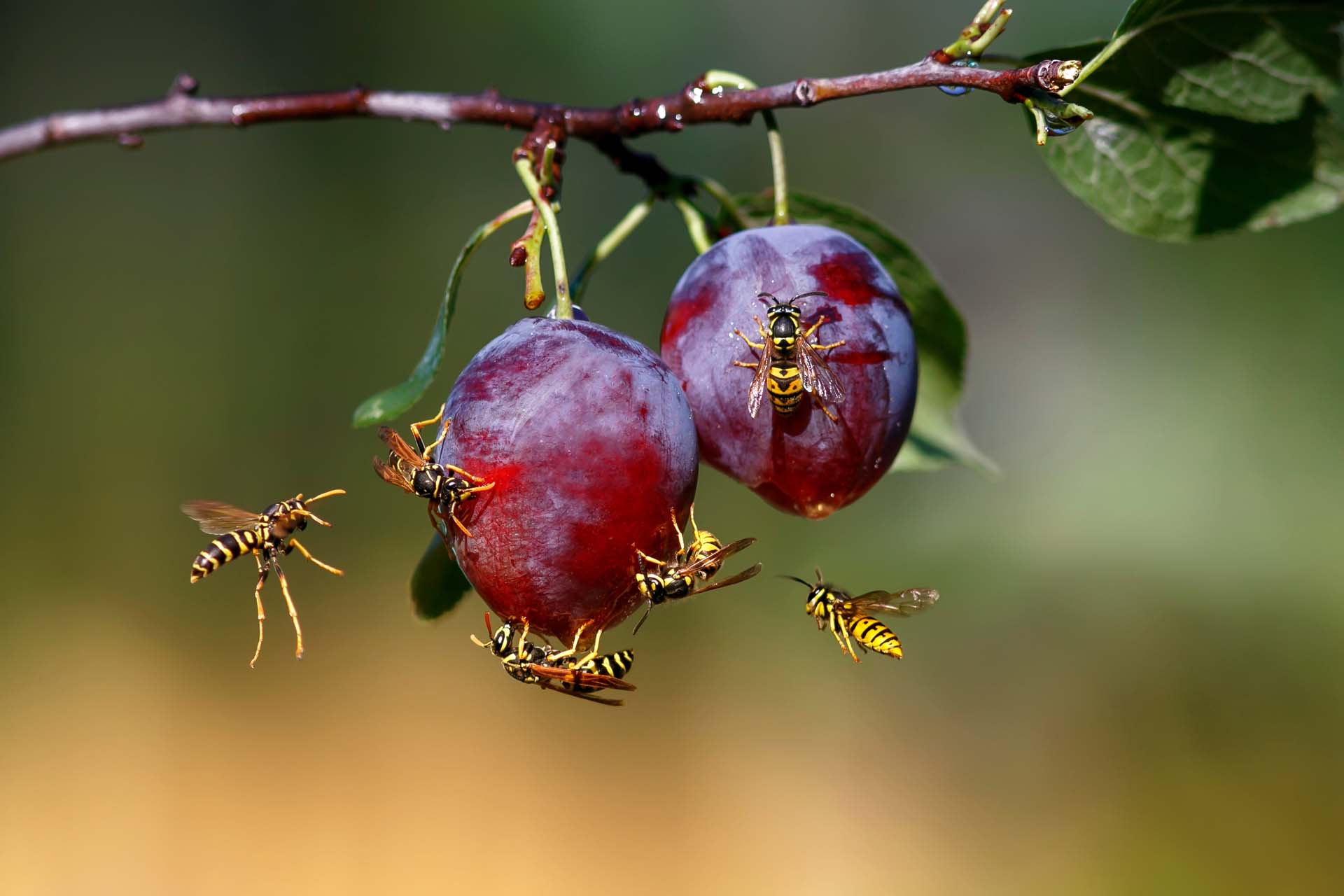
Blighted by buzzing? How to keep wasps out of your garden without harming them so you can enjoy the summer.
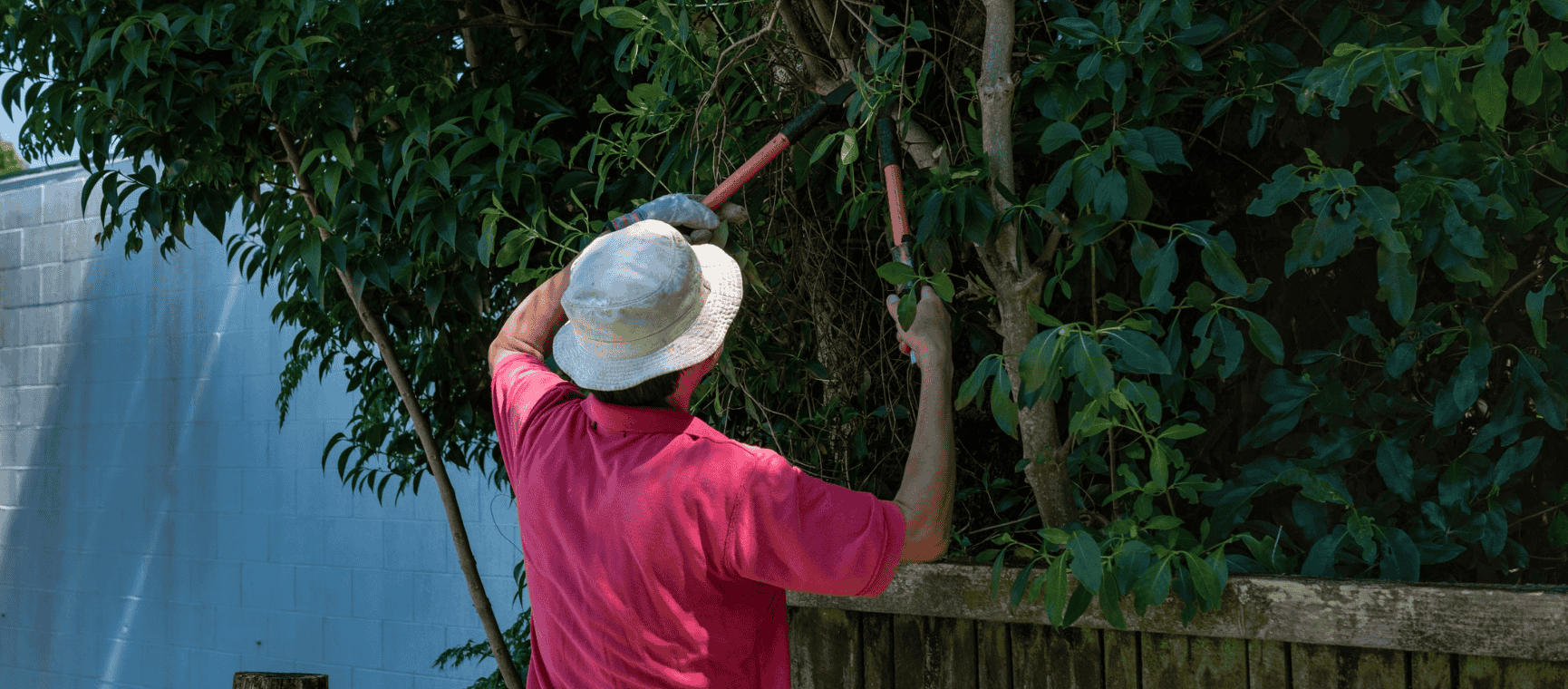
The ways you could be breaking the law in your back garden - with expert advice on how to avoid neighbour disputes, a fine or even a prosecution.
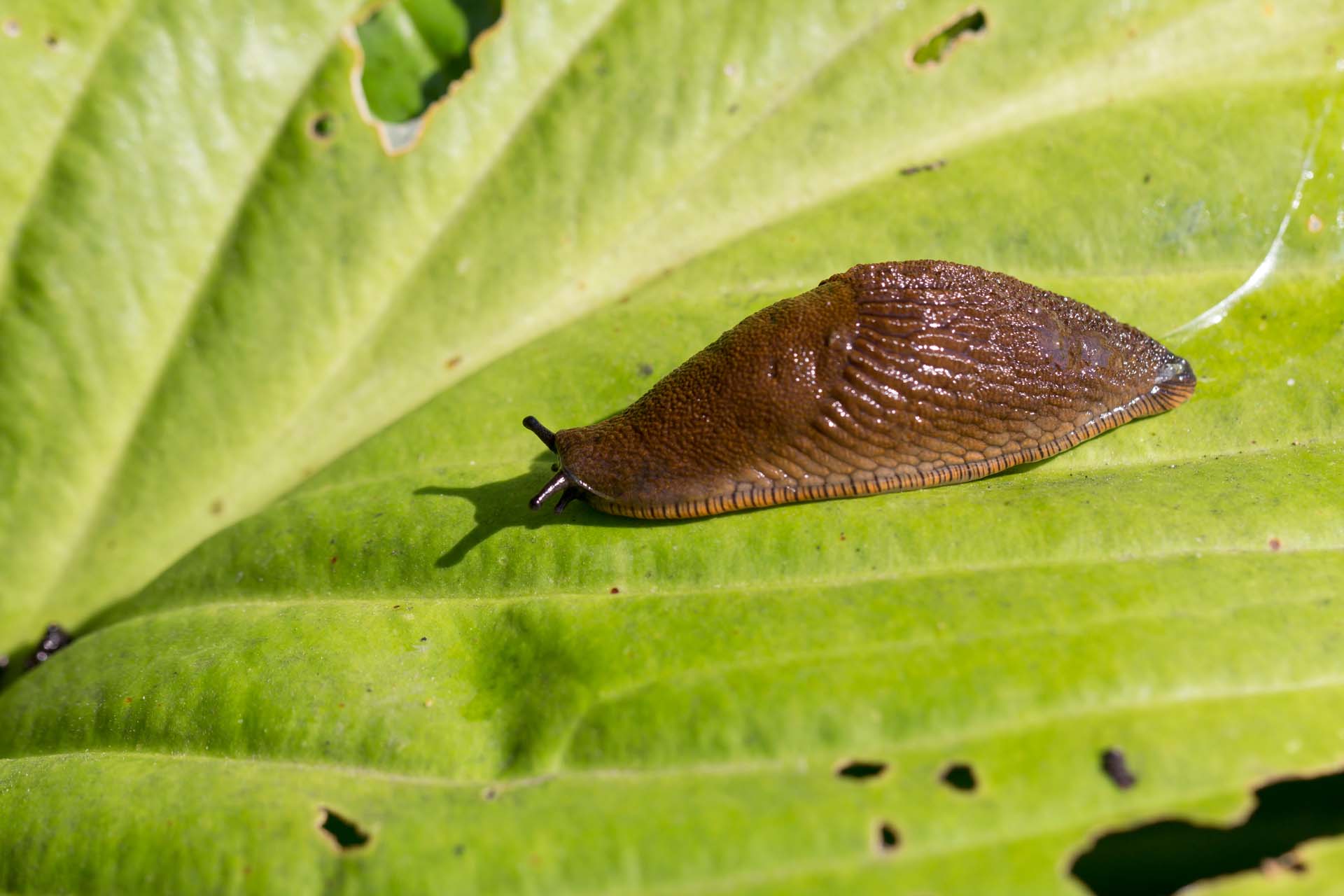
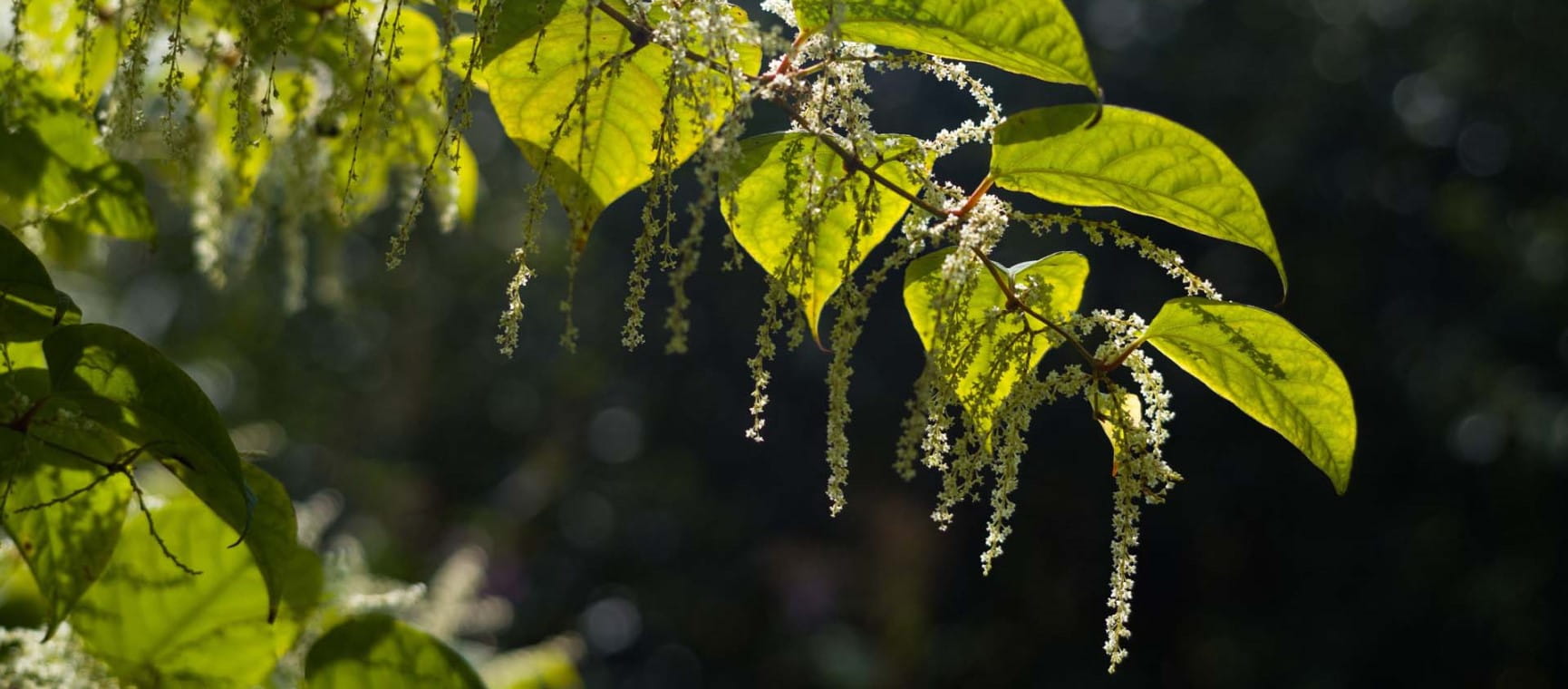
Everything you need to know about Japanese knotweed, the fast-growing plant nobody wants in their garden.